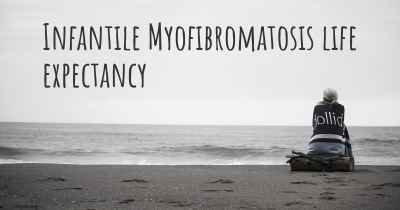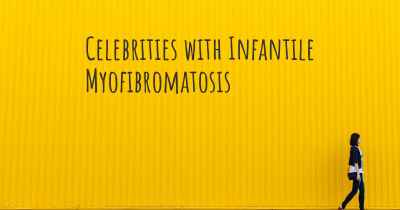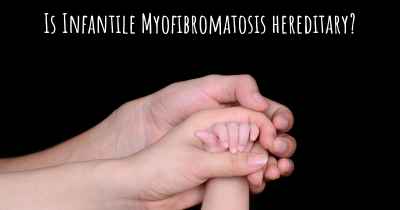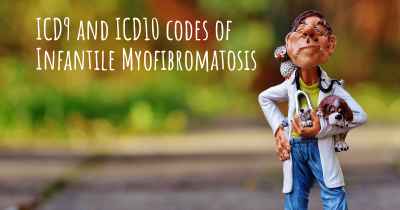How do I know if I have Infantile Myofibromatosis?
What signs or symptoms may make you suspect you may have Infantile Myofibromatosis. People who have experience in Infantile Myofibromatosis offer advice of what things may make you suspicious and which doctor you should go to to receive treatment
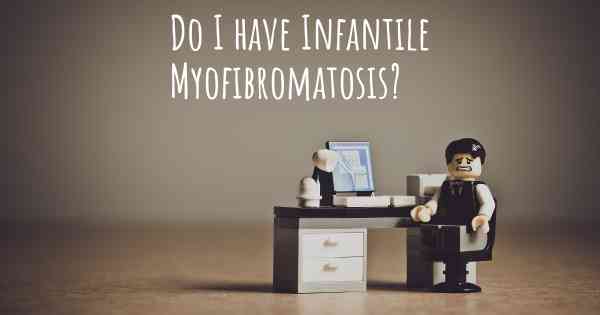
Infantile Myofibromatosis (IM) is a rare condition characterized by the development of benign tumors in various parts of the body. It primarily affects infants and young children, typically appearing within the first two years of life. These tumors, known as myofibromas, can occur in different locations such as the skin, muscles, bones, internal organs, or even the central nervous system.
Diagnosing Infantile Myofibromatosis:
Diagnosing IM can be challenging due to its rarity and the variability in its presentation. The symptoms and signs of IM depend on the location and number of tumors, as well as their size. Some common indicators that may suggest the presence of IM include:
- Visible lumps or masses: Myofibromas can often be felt or seen as firm, non-painful lumps under the skin or in other affected areas.
- Skin abnormalities: In some cases, IM may cause skin discoloration, thickening, or changes in texture.
- Breathing difficulties: If myofibromas develop in the airways or lungs, respiratory symptoms such as wheezing or shortness of breath may occur.
- Impaired organ function: Tumors affecting internal organs can lead to various complications depending on the affected organ. For example, liver involvement may cause jaundice or abdominal swelling.
- Bone deformities: Myofibromas in the bones can cause skeletal abnormalities or fractures.
- Neurological symptoms: When tumors develop in the central nervous system, neurological signs like seizures or developmental delays may be observed.
Seeking Medical Evaluation:
If you suspect your child may have Infantile Myofibromatosis based on the aforementioned symptoms, it is crucial to consult a healthcare professional for a proper evaluation. A pediatrician or a specialist, such as a pediatric dermatologist or pediatric surgeon, can assess the condition and order further diagnostic tests if necessary.
Diagnostic Procedures:
Confirming a diagnosis of IM typically involves a combination of clinical examination, imaging studies (such as ultrasound, MRI, or CT scans), and sometimes a biopsy of the affected tissue. A biopsy involves removing a small sample of the tumor for microscopic examination to determine its characteristics.
Treatment and Prognosis:
The management of Infantile Myofibromatosis depends on the location, size, and number of tumors, as well as the associated symptoms. Treatment options may include observation, surgical removal of tumors, medications, or other interventions tailored to the individual case. The prognosis for IM varies widely, ranging from spontaneous regression of tumors to more severe and persistent disease.
It is important to remember that only a qualified healthcare professional can provide an accurate diagnosis and appropriate guidance based on an individual's specific situation. If you suspect your child may have Infantile Myofibromatosis, seek medical attention promptly for proper evaluation and management.
